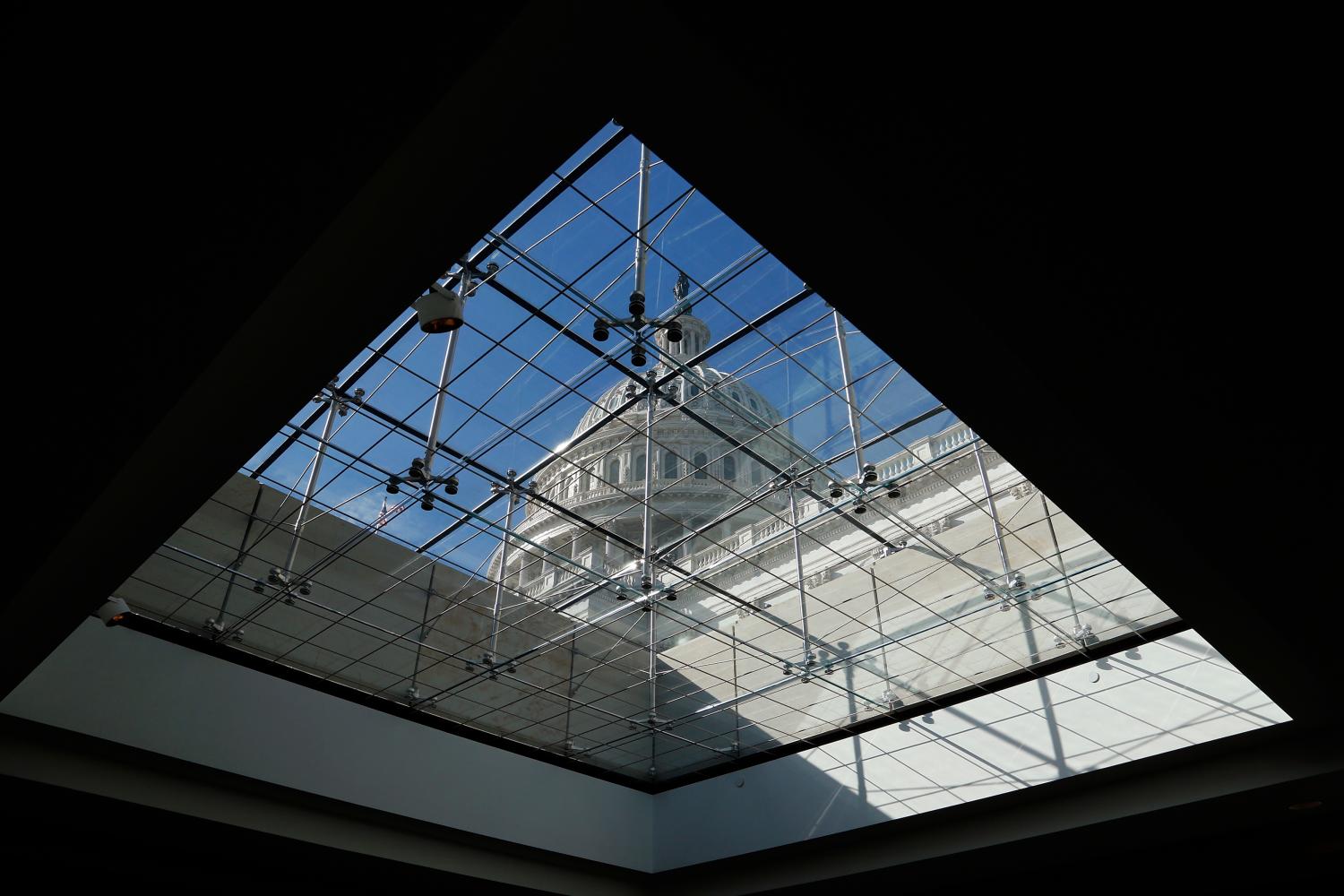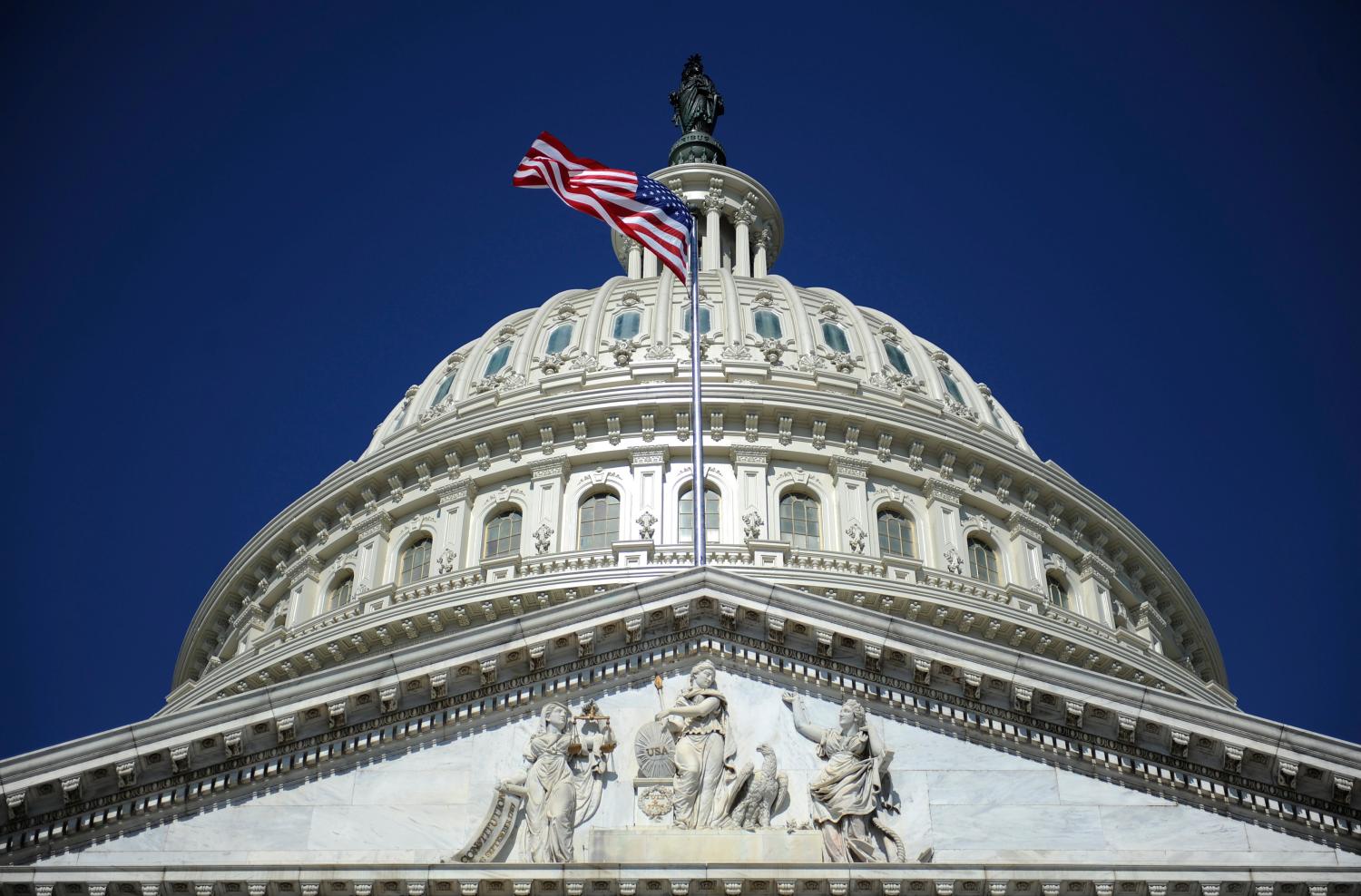In 2011 and 2013, Americans were treated to debt ceiling showdowns that appeared to bring the nation perilously close to government default and financial implosion—not to mention a full-blown constitutional crisis. As we face another likely showdown in 2015, this chance of disaster still looms. Yet many insiders assume there is nothing to worry about and that it is a near-certainty that the debt ceiling will be raised at the last minute.
In this paper, Philip Wallach argues that with so much at stake, such a dismissive interpretation of contemporary debt ceiling showdowns is dangerous. He explains how officials should pursue ways of escaping this potentially destructive cycle—by removing the ceiling entirely, or by minimizing its riskiness if it persists.
However, Wallach contends there are no clever solutions to this complex problem. While many commentators have offered prescriptions for preemptively dissolving the whole debt ceiling problem, including constitutionally nullifying the debt limit or issuing a trillion dollar platinum coin, no such formula can offer a reliable way out of what is an extremely complex multi-player interaction. In fact, such proposals are likely to bring on the constitutional crises they are designed to head off.
Unfortunately the ideal resolution of the nation’s festering debt ceiling problem—creating a bipartisan consensus on budgetary reform and then replacing the debt ceiling with more useful fiscal control mechanisms—is unlikely to be politically feasible in today’s climate. Thus, Wallach argues, it is essential that U.S. officials prepare for the worst and consider the possibility of a scenario in which negotiations break down and put the Treasury Department in extremis, with no ability to pay all of the nation’s bills on time while adhering to the statutory debt ceiling.
If the U.S. arrives at a situation in which the Treasury Department has no cash on hand to pay its bills coming due and no more room to issue debt under the statutory ceiling, the government must think clearly about which of its options represents the least constitutionally offensive and the least harmful path forward. Wallach explains that, though there would be no good choices, some options would be less bad than others, with the two best options being (1) prioritized debt service combined with delayed payments and (2) debt issuance above the ceiling. The paper considers what conditions might make each preferable, emphasizing that political particulars would be decisive.
The Brookings Institution is committed to quality, independence, and impact.
We are supported by a diverse array of funders. In line with our values and policies, each Brookings publication represents the sole views of its author(s).





